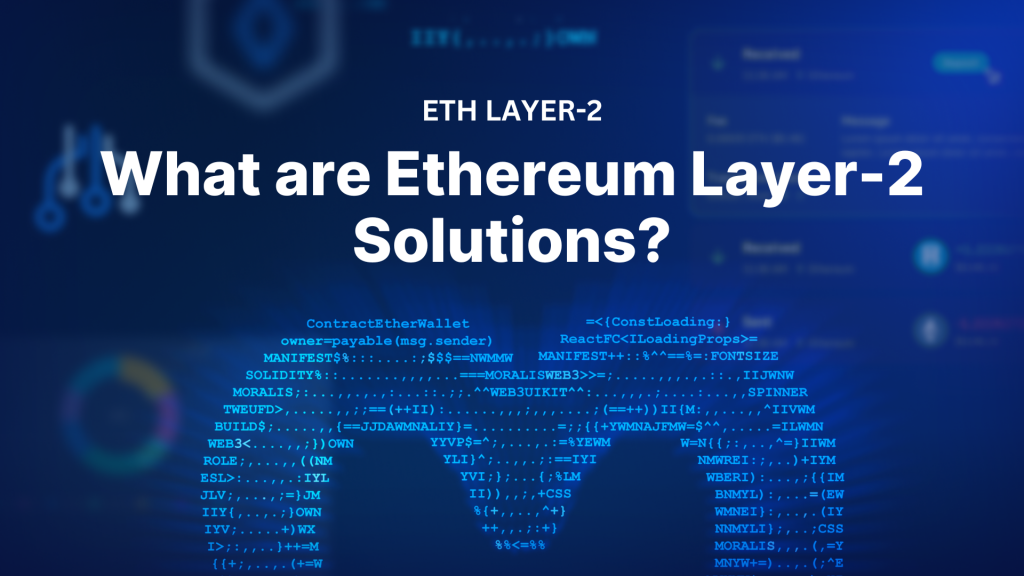
Ethereum is the most popular blockchain for Web3 development, and the network has been growing rapidly over the past few years as more people enter the Web3 space. This notable surge in adoption is undoubtedly positive; however, it has also highlighted the scalability issues of Ethereum. With growing network demand, there has been a significant decrease in processing speeds, accompanied by substantial surges in gas prices, making it more expensive to interact with Ethereum. So, how are Web3 developers dealing with these issues? Fortunately, this is where ETH layer-2 solutions enter the equation. But what exactly are they? And which Ethereum layer-2 platform should you use? For the answers to these questions, join us in this guide as we explore the intricacies of L2 networks!
Overview
We’ll kickstart today’s article by diving straight into the ins and outs of ETH layer-2 solutions. In doing so, we’ll explain what these networks are and how they help solve the scalability issues of Ethereum. From there, we’re also briefly going to cover layer-1s to give you a better understanding of how these various network layers are connected. Next, we’ll present a list of five leading ETH layer-2 solutions, where we cover the following networks:
- Arbitrum
- Base
- ImmutableX
- Optimism
- Polygon zkEVM
Lastly, for those interested in building dapps on these networks, we’ll introduce you to Moralis – the ultimate Web3 API provider!
In Moralis’ suite of industry-leading and cross-chain compatible Web3 APIs, you’ll find a bunch of interfaces for various use cases. As such, it doesn’t matter if you want to create NFT dapps, engage in cryptocurrency exchange development, or build any other platform; Moralis has got you covered.

So, if you have ambitions to build your first dapp, don’t forget to sign up with Moralis. You can set up your account for free, and you’ll get instant access to all our premier interfaces!
Nevertheless, without further ado, let’s dive straight into the intricacies of ETH layer-2 solutions!
What is ETH Layer-2?
Ethereum is the biggest blockchain for dapp development, and the network hosts a wide range of decentralized finance (DeFi) platforms, games, and other Web3 projects. However, as adoption increases and new users pour into Web3, Ethereum struggles with scalability, resulting in high transaction fees and slow processing times.
So, how are Web3 developers dealing with these issues?
Well, this is where ETH layer-2 solutions enter the equation!

”ETH layer-2” is a collective term describing a set of scaling solutions for the Ethereum network. These solutions basically operate as independent blockchains that extend Ethereum, enhancing the overall scalability capabilities of the network by offering higher throughput and significantly lower transaction fees. What’s more, they can do so while simultaneously leveraging the security guarantees of the original chain!
But how does this work?
Put simply, ETH layer-2 scaling solutions can tackle Ethereum’s issues by processing transactions off the main chain, only interacting with the network when necessary. This approach reduces the load put on Ethereum’s mainnet, leading to much faster transaction speeds, significantly lower fees, and other advantages.
All in all, ETH layer-2 solutions extend Ethereum to improve the scalability capabilities of the network, making it more accessible to all!
Benefits of ETH Layer-2 Solutions
Now, with an overview of what ETH layer-2 solutions are, let’s briefly break down the main benefits of these networks:
- Higher Throughput: One of the primary purposes of ETH layer-2 scaling solutions is to increase throughput. While the Ethereum mainnet is able to process about 15 transactions per second, some scaling solutions can handle thousands and thousands of transactions within the same timeframe.
- Lower Fees: By combining multiple off-chain operations into a single layer-1 transaction, ETH layer-2 scaling solutions can massively reduce fees, making Ethereum more accessible to the masses.
- High Security: While ETH layer-2 scaling solutions process operations off the base chain, they still settle transactions on Ethereum, allowing users to benefit from the network’s security.
Nevertheless, to get a deeper understanding of layer-2 solutions, let’s also briefly compare these networks to layer-1s!
What are Layer-1s?
The term ”layer-1 blockchain” refers to the base architecture of a decentralized network, and two prominent examples include Bitcoin and Ethereum. These networks generally operate entirely independently from other chains and feature their own consensus mechanism, data availability layer, etc. What’s more, the architecture of these networks allows them to host other chains on top of them, which are the layer-2 blockchains.
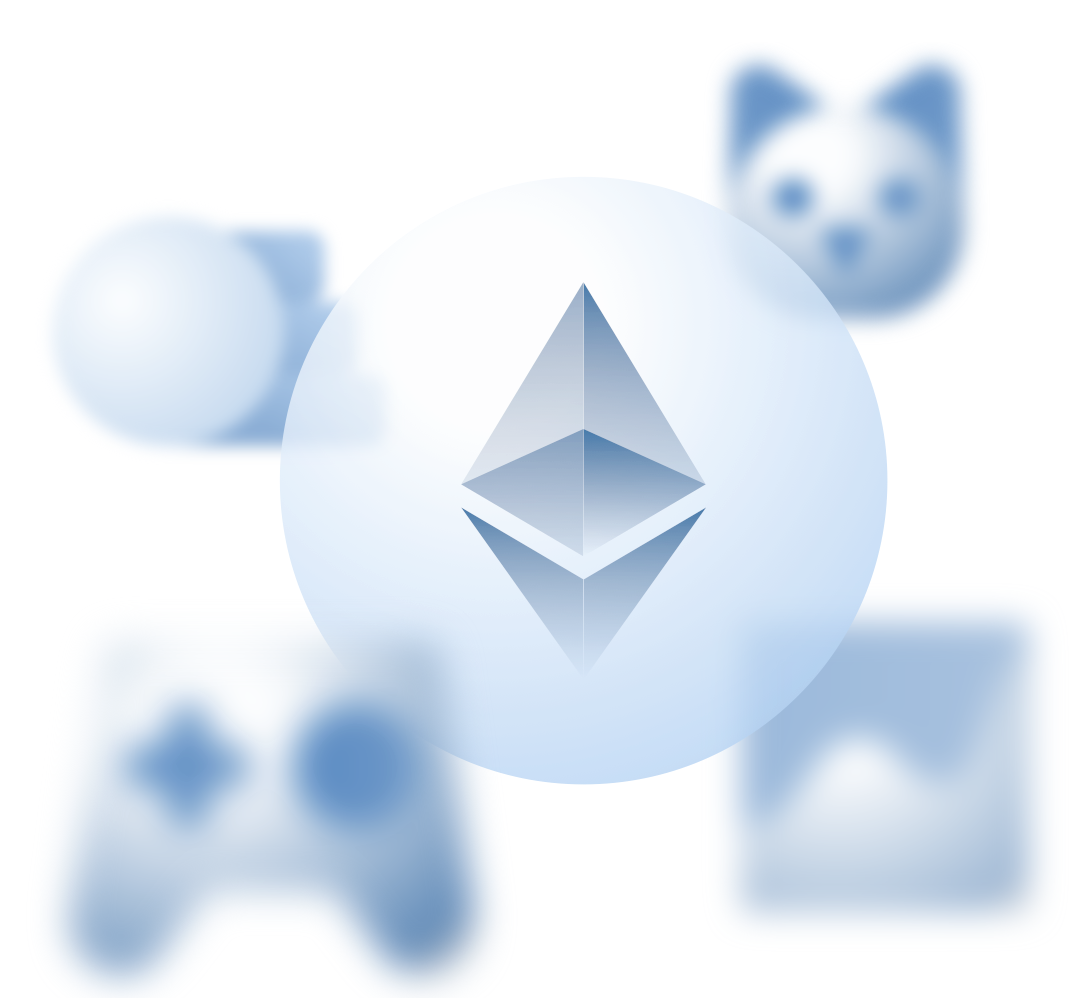
Layer-2 blockchains refer to network protocols layered on top of the layer-1s. These blockchains rely on the security infrastructure of the original network but are more flexible in their ability to scale transaction processing and throughput. Some examples include Polygon, Base, Optimism, etc.
All in all, layer-1 and layer-2 blockchains are interconnected, where the primary purpose of layer-2 solutions is to increase the scalability capabilities of the base network!
Nonetheless, now that you have a brief understanding of how the different networks work, let’s take the following section to explore the best ETH layer-2 solutions!
Best ETH Layer-2 Solutions
There are multiple prominent ETH layer-2 solutions that improve the capabilities of Ethereum using various technologies, and we won’t be able to cover them all in this article. Consequently, we have compiled a list of five examples we’ll dive a bit deeper into in the following subsections:
- Arbitrum
- Base
- ImmutableX
- Optimism
- Polygon zkEVM
If you’d like to explore other prominent alternative networks we don’t cover in this article, please check out our complete list of top layer-2 blockchains on Moralis’ dapp store: Web3 Wiki!
Otherwise, join us below as we dive into the ins and outs of Arbitrum!
Arbitrum
The Arbitrum mainnet launched in 2021, and it’s a prominent ETH layer-2 scaling solution that improves the capabilities of Ethereum smart contracts, significantly boosting speed and scalability!
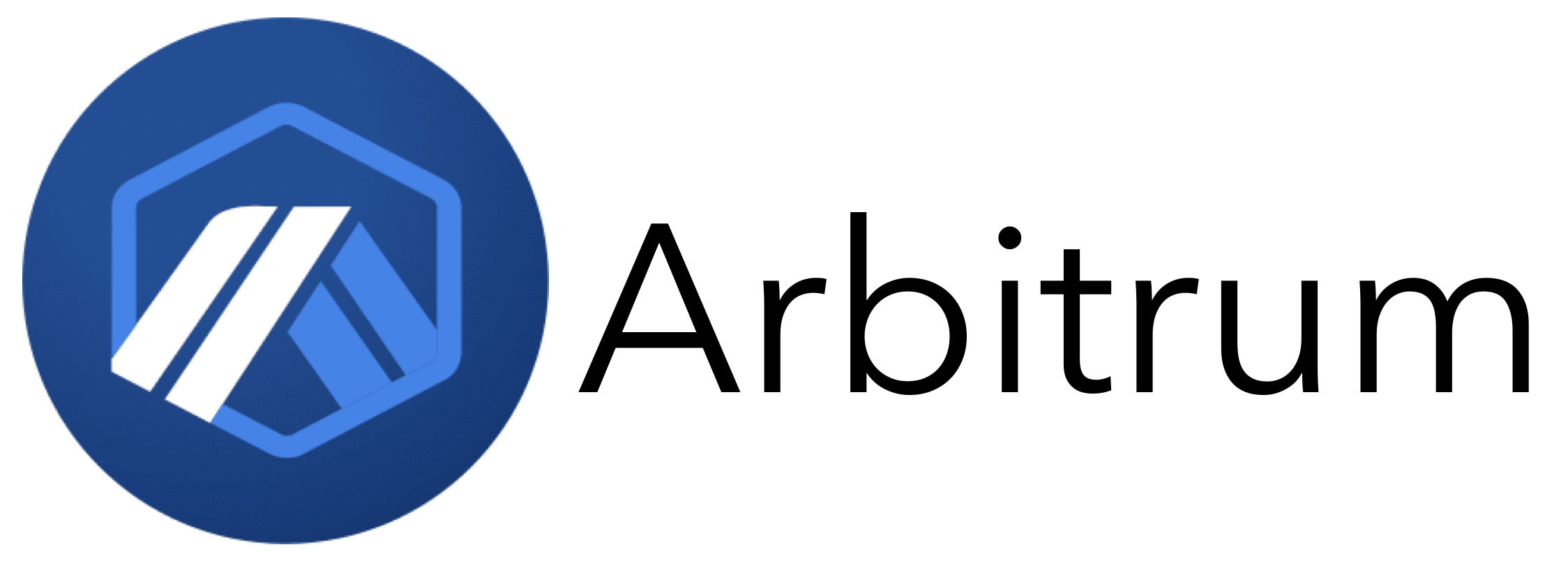
So, how does Arbitrum work?
The Arbitrum network uses a technique known as optimistic rollups. In doing so, the network executes transactions off-chain before bundling them into large batches, which are submitted to the Ethereum mainnet as calldata.
The benefit of this technique is that the Ethereum network no longer needs to validate separate transactions and can instead confirm a ”rolled up” batch of transactions. In return, this drastically reduces gas fees and optimizes block space, as only necessary information is required to be stored on Ethereum.
Base
Base launched in 2023, and it’s Coinbase’s ETH layer-2 blockchain. One of the main strengths of Base is the fact that the network is fully EVM-equivalent. This means that the network offers a safe, low-cost, and developer-friendly platform for building dapps and other Web3 projects!
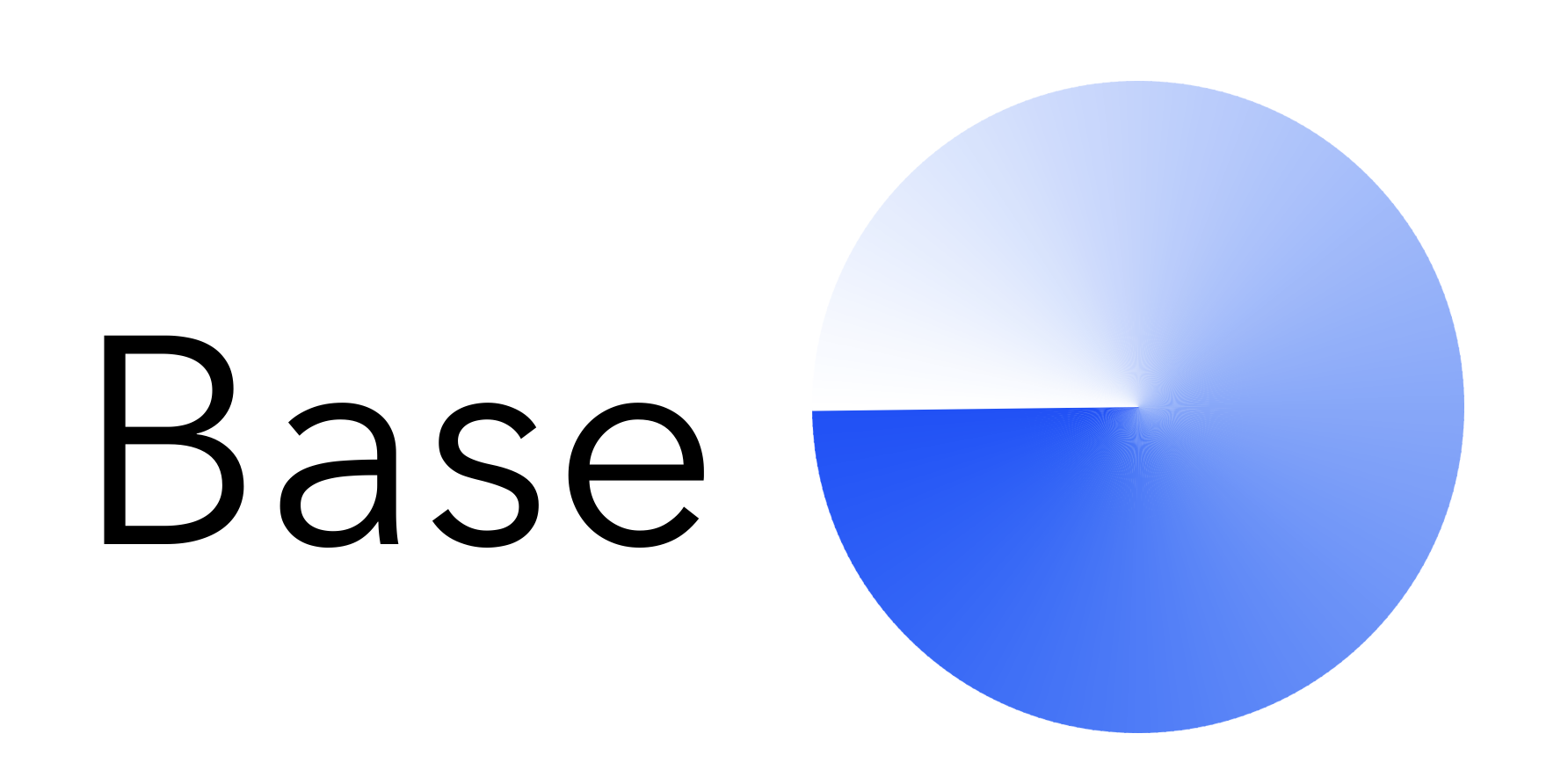
Like Arbitrum, Base also leverages optimistic rollups to offer lower gas fees and faster transactions. As such, Base essentially bundles transactions together and submits them in bulk to the Ethereum chain for settlement.
Furthermore, since Coinbase is incubating the project, it’s possible to leverage already existing features and products from the ecosystem when building dapps on the network. Some prominent examples include fiat on-ramps, powerful user acquisition tools, and more!
ImmutableX
Like Arbitrum, ImmutableX also launched in 2021; however, it’s an ETH layer-2 scaling solution specially designed for non-fungible tokens (NFTs). Consequently, by leveraging ImmutableX, you can benefit from fast transactions and low gas fees when minting and trading NFTs!

But how is ImmutableX able to offer these benefits?
ImmutableX leverages a technique called zero-knowledge rollups (zk-rollups). In doing so, the network accumulates hundreds of transactions into a single zero-knowledge proof. After batching the transactions, the proof is sent to the blockchain network and verified by a smart contract. This reduces the computing and storage resources required for validating blocks, which is how ImmutableX can facilitate up to 9,000 transactions per second.
Optimism
Optimism is another prominent ETH layer-2 solution that launched in 2021. Moreover, much like the other networks featured in this list, Optimism also improves the scalability of Ethereum by facilitating faster transactions and lower gas fees!

So, how does Optimism work?
Like Arbitrum and Base, Optimism also leverages optimistic rollup technology. In doing so, the network bundles the data of hundreds of transactions – including NFT mints, token swaps, or any other operation on the chain – into a single Ethereum layer-1 transaction. This makes Optimism a perfect platform for developers seeking a fast, scalable, and stable environment for building Ethereum applications.
Polygon zkEVM
Polygon zkEVM launched in 2023, and it’s an innovative scaling solution that’s fully EVM-equivalent. As such, this means you can use a majority of existing Ethereum tools, wallets, and smart contracts to build on the network!
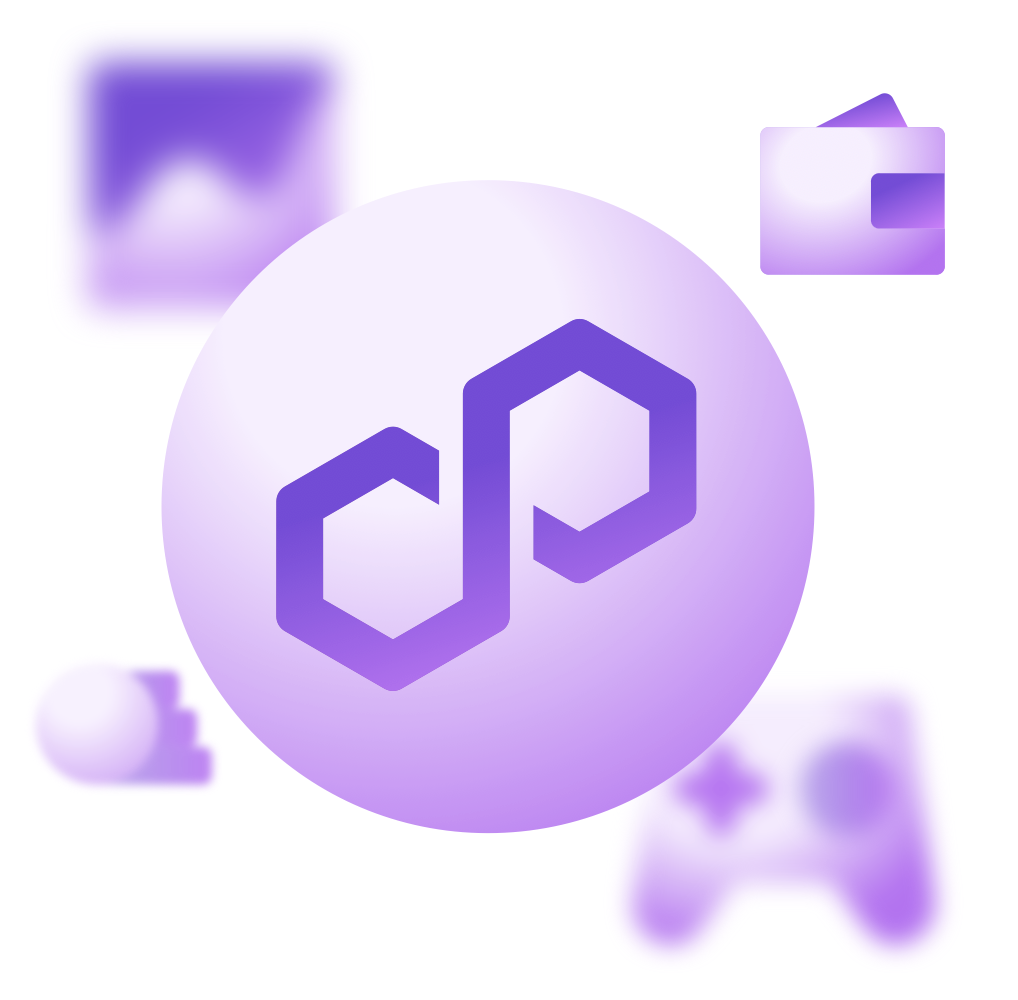
But how does Polygon zkEVM improve scalability?
Much like ImmutableX, Polygon zkEVM also leverages cryptographic zk-proofs to bundle a large number of transactions off-chain, later verifying them in a single batch on the Ethereum network. And this is how Polygin zkEVM is able to increase throughput and significantly lowers gas fees.
Check out our Polygon PoS vs Polygon zkEVM article to learn more about this ETH layer-2 solution!
Nevertheless, that gives you an overview of some of the most prominent ETH layer-2 solutions. At this point, you might be interested in building your own projects on these platforms. If this is the case, join us in the following section as we introduce you to Moralis – the industry’s leading Web3 API provider!
Build on ETH Layer-2 Solutions with Moralis
Moralis is an industry-leading, cross-chain compatible Web3 API provider. It supports layer-1 networks like Ethereum and Solana. Also, Moralis supports the most considerable ETH layer-2 solutions, including Arbitum, Base, Optimism, etc. As such, it doesn’t matter which blockchain you wish to leverage; Moralis has got you covered!

So, why should you use Moralis when building on the biggest ETH layer-2 networks?
To answer this query, let’s look at three benefits of our premier Web3 APIs:
- Top Performance: All our Web3 APIs offer top performance. It doesn’t matter if you want to measure by reliability, speed, or any other metric; our interfaces continuously blow the competition out of the water.
- Unparalleled Scalability: Moralis’ APIs are built to scale. Consequently, you don’t have to worry about performance as your projects experience increased adoption.
- Trusted by Industry Leaders: Moralis is trusted and used by industry leaders, including MetaMask, Opera, Delta, and many others:

Now, with an overview of why you should leverage our Web3 APIs, let’s take the following subsection to explore some of our prominent interfaces!
Moralis’ Web3 APIs
In Moralis’ suite of industry-leading Web3 APIs, you’ll find a bunch of interfaces for various use cases. Consequently, with our APIs, you can seamlessly build everything from decentralized exchanges (DEXs) to Web3 wallets without breaking a sweat!
Here are three examples of prominent interfaces you’ll likely find helpful:
- Wallet API: Moralis’ Wallet API is the ultimate tool for anyone looking to integrate wallet functionality into their Web3 projects. With only single lines of code, you can effortlessly get the native balance, NFT balance, transactions, profile data, etc. What’s more, you can do so for any wallet on all major layer-1 and layer-2 blockchain networks.
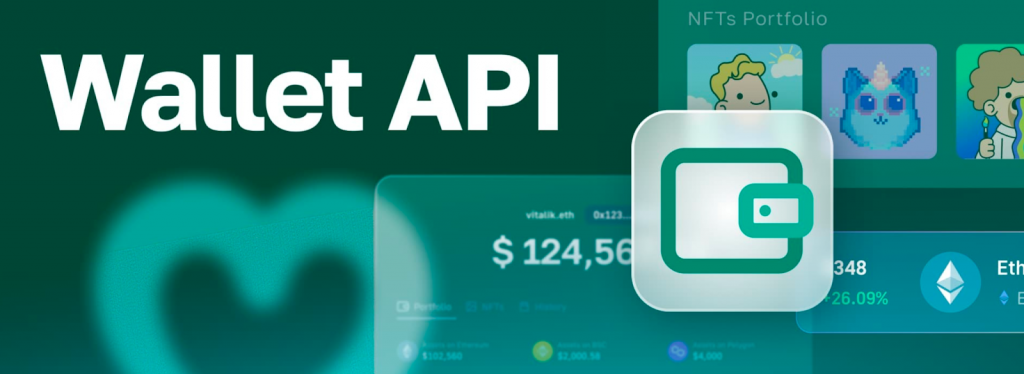
- NFT API: The NFT API is the ultimate tool for fetching and integrating NFT data into your projects. This interface supports over three million NFT collections, including everything from tokens that dropped just seconds ago to well-established projects like CryptoPunks. Moreover, with the NFT API, you can easily get real-time NFT transfer data, enriched metadata, on-chain price data, and more.
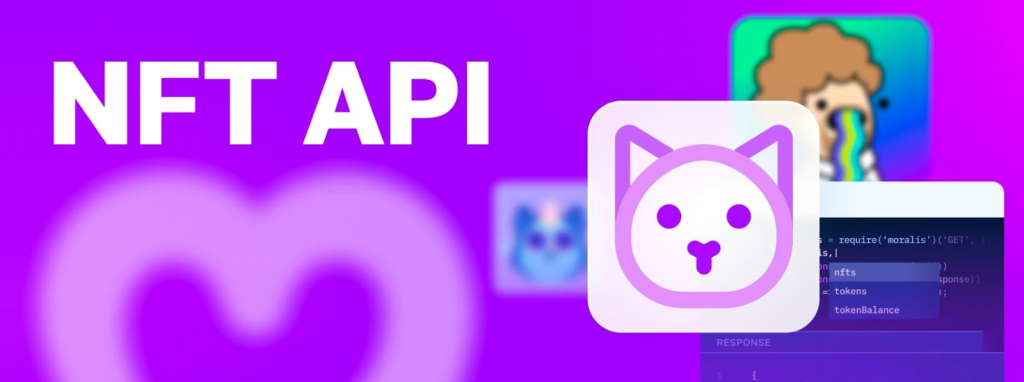
- Streams API: Moralis’ Streams API is the perfect tool for integrating real-time updates and alerts into your Web3 projects. With only a few lines of code, you can seamlessly create streams to get live updates sent directly to the backend of your projects via webhooks.
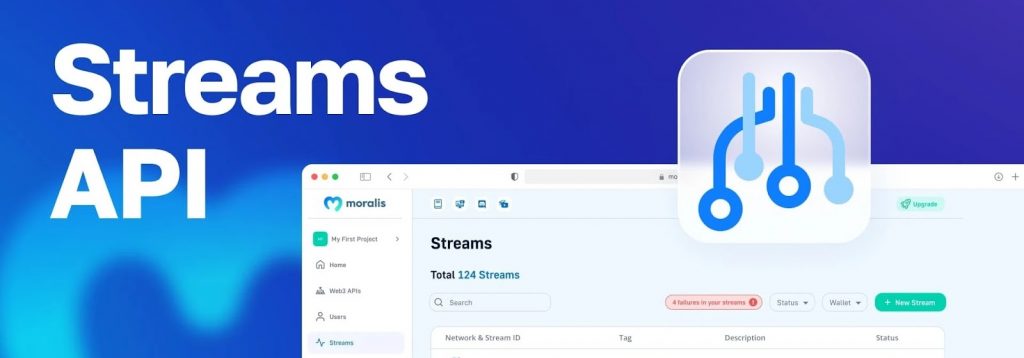
Nevertheless, that covers three examples of prominent interfaces. If you want to explore all our products, check out our official Web3 API page!
Also, did you know you can access all our interfaces for free? Simply sign up with Moralis and start leveraging the full power of blockchain technology today!
Summary: What are ETH Layer-2 Solutions?
In today’s article, we kicked things off by diving into the intricacies of ETH layer-2 solutions. In doing so, we learned that they are blockchains that extend Ethereum to improve the overall scalability capabilities of the network!
From there, we also dove into five prominent examples of ETH layer-2 networks:
- Arbitrum
- Base
- ImmutableX
- Optimism
- Polygon zkEVM
Lastly, we also introduced you to Moralis’ suite of industry-leading APIs – the ultimate tools for Web3 development!
If you liked this ETH layer-2 guide, consider reading additional articles here on our blog. For instance, check out our Web3 wallets list or explore the intricacies of Web3 social media.
Also, if you’re serious about building dapps yourself, don’t forget to sign up with Moralis. You can create your account free of charge, and you’ll get instant access to all our industry-leading Web3 development tools!
